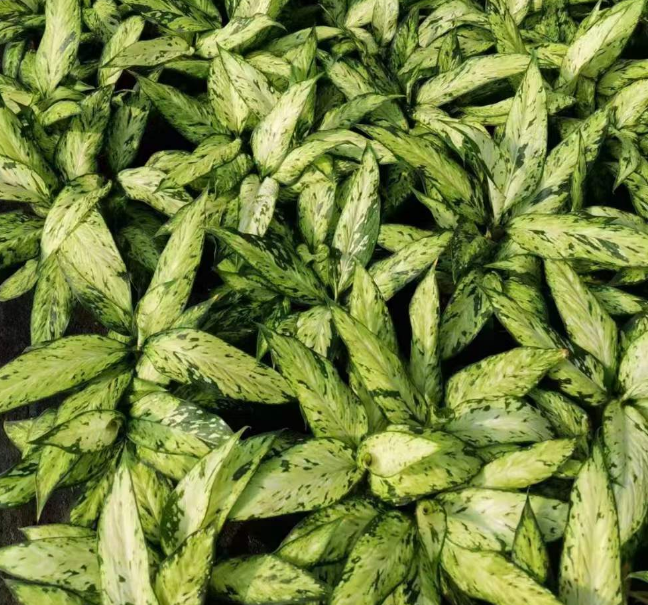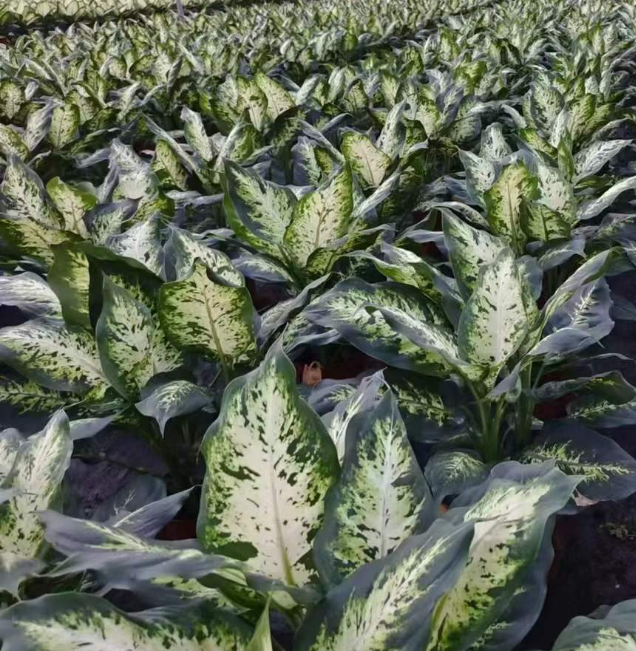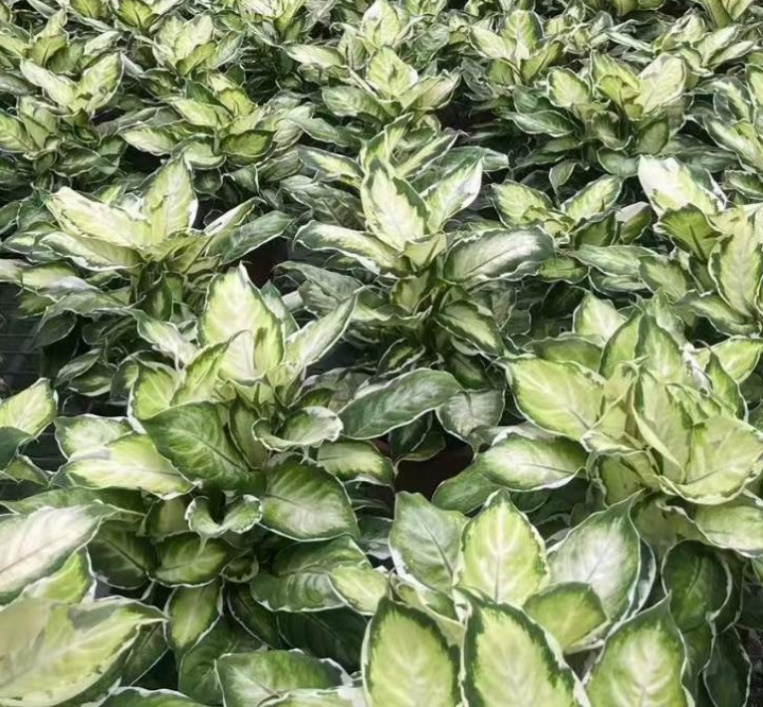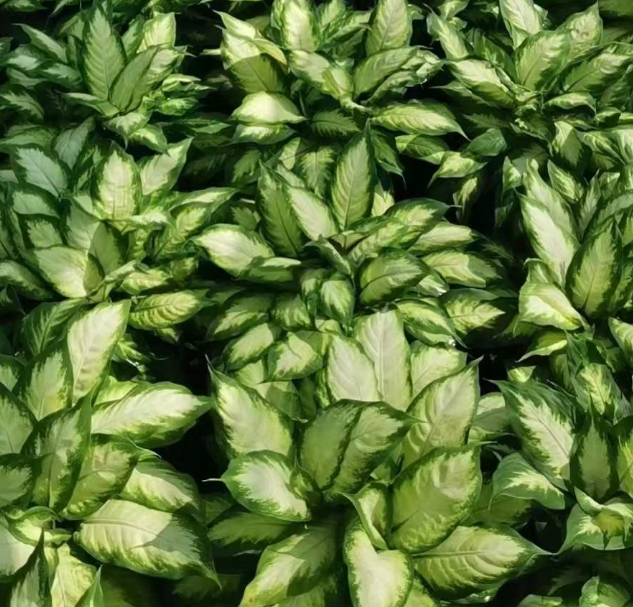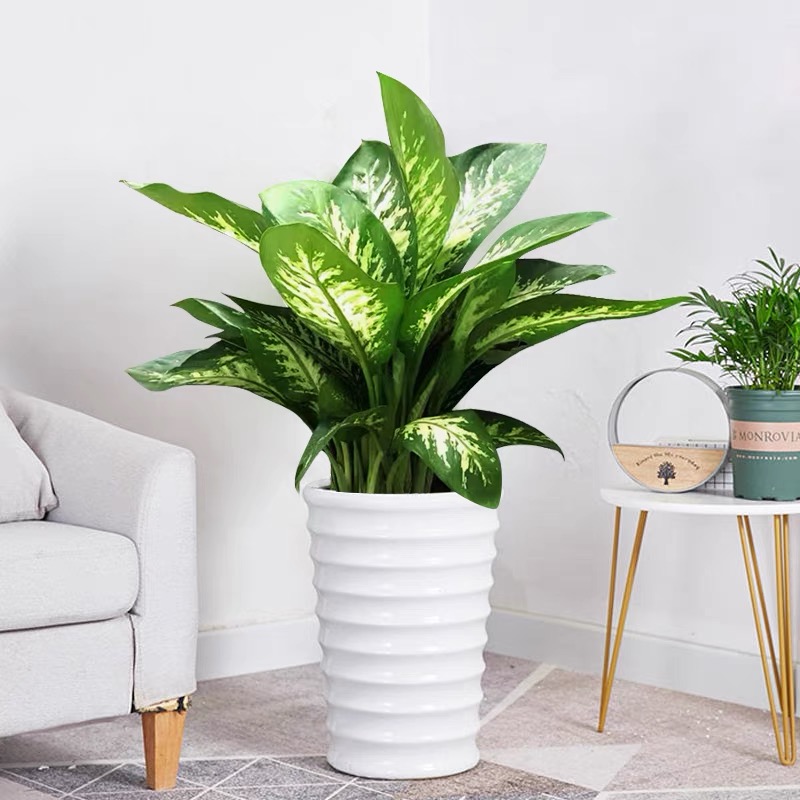Dieffenbachia may not have a significant impact on large particulate matter, but its foliage can help capture and reduce smaller particles, contributing to cleaner air. Formaldehyde is a common indoor air pollutant that can be emitted by building materials, furniture, and certain household products. Dieffenbachia has been shown to have the ability to remove formaldehyde from the air. It can help break down and metabolize formaldehyde molecules, reducing their concentration indoors.
Dieffenbachia plants can contribute to air purification, their effect may be relatively modest compared to other air purifying technologies or a comprehensive approach to indoor air quality. To maximize their air-purifying potential, it's recommended to have a variety of plants in different species and sizes, and to maintain good overall ventilation in the space.
Light: Dieffenbachia plants generally prefer bright, indirect light. They thrive when placed in a location where they receive filtered or diffused sunlight or bright, indirect light for several hours a day. Direct sunlight can scorch the leaves, causing them to develop brown patches or yellowing. They can tolerate lower light conditions, but their growth may be slower, and the variegation on variegated varieties may become less pronounced.
If you notice that your Dieffenbachia's leaves are becoming pale or losing their variegation, it may indicate insufficient light. In such cases, you can gradually move the plant to a brighter location or closer to a window to provide it with more light. Conversely, if the leaves are showing signs of sunburn or scorched patches, it's advisable to move the plant away from direct sunlight or filter the light using sheer curtains or blinds.
Dieffenbachia plants benefit from a consistent light schedule. Aim to provide them with 10-12 hours of light per day. If natural light is insufficient, you can supplement with artificial grow lights, such as fluorescent or LED lights, placed at an appropriate distance and duration to mimic natural daylight. To ensure even growth and prevent the plant from leaning towards the light source, it's beneficial to rotate the Dieffenbachia periodically. By rotating the plant every few weeks, all sides of the plant receive adequate light, promoting balanced growth.
Individual plant requirements may differ slightly, so it's essential to observe your specific Dieffenbachia's response to light conditions and make adjustments accordingly. Monitoring the color, growth, and overall health of the plant can provide valuable insights into its light preferences.
